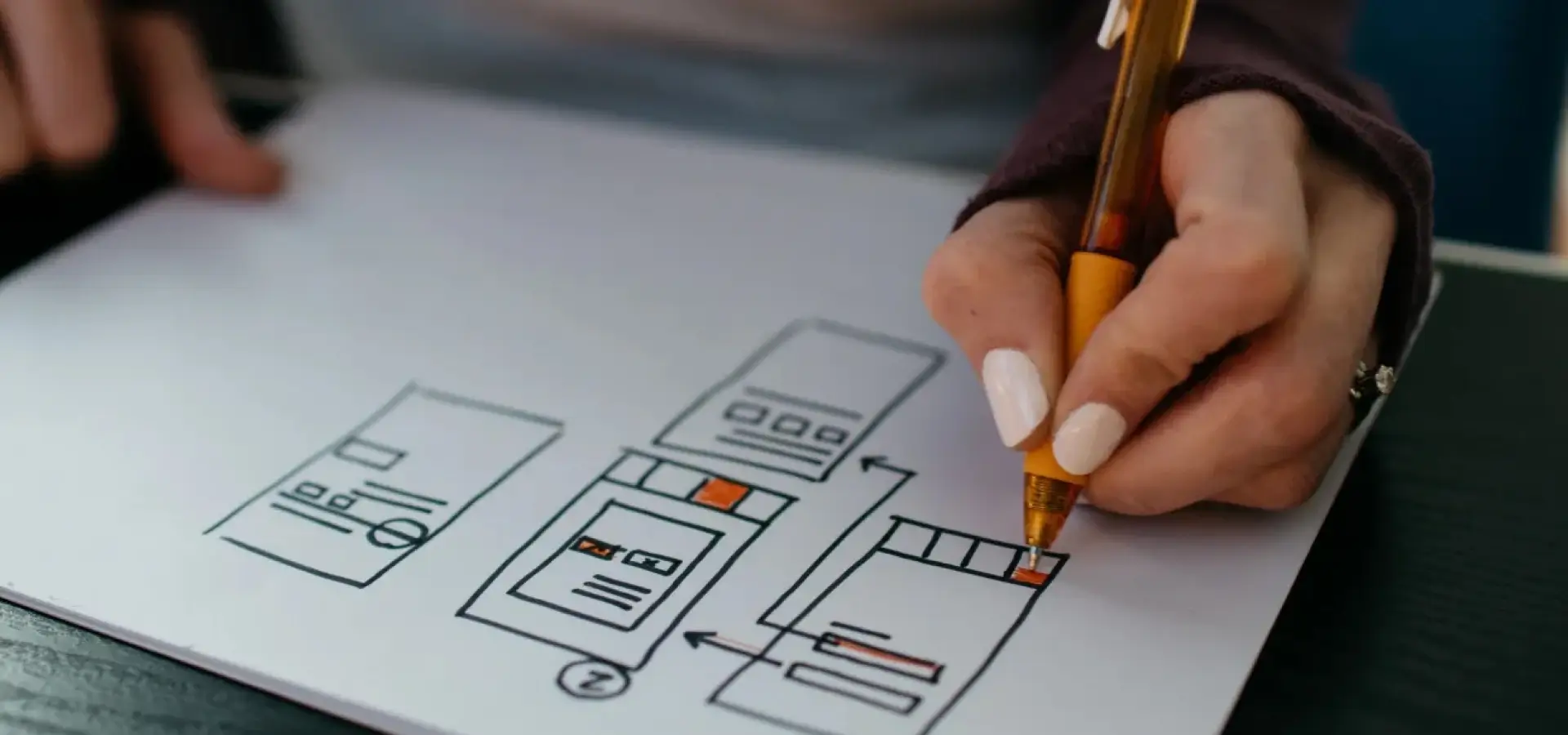Zero UI: Are you ready for the Future
12th February 2025 - 10 min read

In the not-so-distant future, our interaction with technology is poised to undergo a radical transformation. The era of Zero UI, or Zero User Interface, is upon us, heralding a shift away from traditional screens and buttons to a more intuitive and immersive way of engaging with technology. In this blog post, we'll explore the concept of Zero UI and the implications it holds for the future of user experiences, including the role of Haptic Feedback and Voice Recognition and Control.
The Essence of Zero UI
Zero UI is a design philosophy that envisions a world where technology seamlessly integrates into our surroundings, minimising or eliminating the need for explicit user inputs through screens or buttons. Instead of tapping and swiping on screens, interactions become more ambient, intuitive, and natural, leveraging technologies like voice commands, gestures, haptic feedback, and artificial intelligence.
Voice: The New Frontier
One of the key elements driving the Zero UI revolution is the rise of voice-enabled interactions. Smart speakers, virtual assistants, and voice commands on our devices have already become ubiquitous. The ability to speak naturally to our devices, commanding actions and receiving responses, eliminates the need for a physical interface. As natural language processing and voice recognition technologies advance, voice is set to become the primary mode of interaction.
Gestures: Beyond the Touch
In a screen-less future, gestures take center stage. Devices equipped with advanced sensors can interpret our movements and gestures, turning the space around us into an interactive canvas. From waving to control a smart light to gesturing to navigate through virtual environments, gestures offer a more immersive and intuitive way to interact with technology.
Haptic Feedback: The Sense of Touch
Haptic feedback adds a tangible dimension to the screen-less experience. Through vibrations, forces, and motions, haptic technology creates a sense of touch, allowing users to feel and interact with digital content. Whether it's simulating the texture of a button or providing feedback for a gesture, haptic feedback enhances the user experience, making interactions more tactile and engaging.
Artificial Intelligence: The Invisible Interface
Zero UI leverages the power of artificial intelligence to understand user behaviour, preferences, and context. AI becomes the invisible force behind our interactions, predicting our needs and providing seamless, context-aware experiences. From anticipatory recommendations to proactive adjustments based on user patterns, AI transforms technology into a personalised and responsive companion.
Voice Recognition and Control: Beyond Commands
While voice is a key element, the integration of advanced voice recognition and control technologies takes it a step further. This allows users not only to command actions but also to engage in natural, dynamic conversations with their devices. Voice recognition and control become more than a tool; they become a means of fostering a deeper connection between users and technology.
Beyond Screens: Embracing Spatial Computing
Spatial computing, a key component of Zero UI, extends the digital experience into the physical space around us. Augmented reality (AR) and virtual reality (VR) technologies play a crucial role, enabling us to interact with digital content in three-dimensional space. This opens up new possibilities for immersive gaming, virtual meetings, and interactive storytelling, all without the constraints of traditional screens.
Designing for Zero UI
Embracing Zero UI requires a fundamental shift in design thinking. Designers must focus on creating intuitive and context-aware experiences that seamlessly blend into users' lives. Understanding user behaviour, leveraging natural interactions, and prioritising simplicity are essential principles in designing for a screen-less future.
The Impact on Industries
Zero UI is not just a trend; it's a transformative force that will impact various industries. From automotive interfaces that rely on voice, haptic feedback, and gesture controls to healthcare applications that use AI to anticipate patient needs, the implications are vast. Embracing Zero UI will redefine how we interact with technology across sectors, leading to more efficient, user-friendly, and inclusive solutions.
The Future Is Screen-Less
As we embrace the era of Zero UI, the possibilities are both exciting and transformative. The screen-less future promises a more natural, immersive, and accessible way of interacting with technology. At coding.co.uk, we recognise the significance of staying ahead in the ever-evolving landscape of user interfaces. Our expertise extends to designing and developing applications that align with the principles of Zero UI, ensuring that your digital experiences are future-proof and user-centric.
In conclusion, the transition to Zero UI marks a paradigm shift in how we engage with technology. It's not just about removing screens; it's about creating experiences that seamlessly integrate into our lives. The future is screen-less, and at coding.co.uk, we're ready to lead the way. Are you prepared for the Zero UI revolution? Contact us today, and let's embark on the journey to redefine user experiences in the screen-less future.
Read next
Increase your revenue in less than 6 weeks
Start projectSupport
Contact us